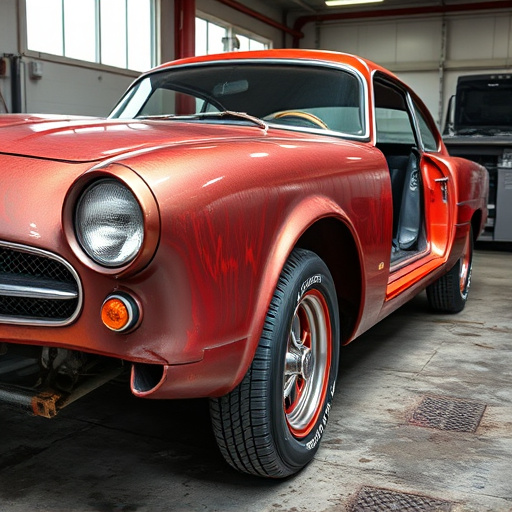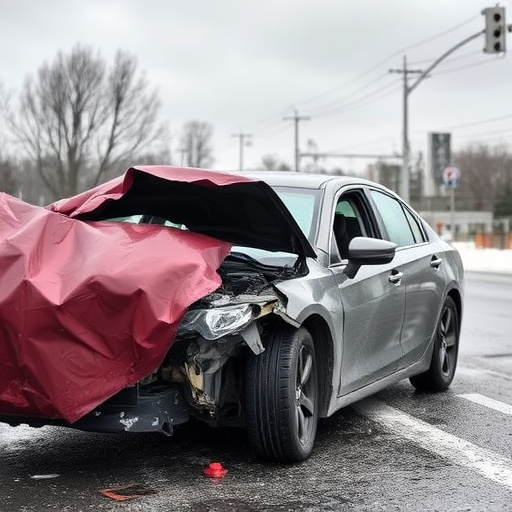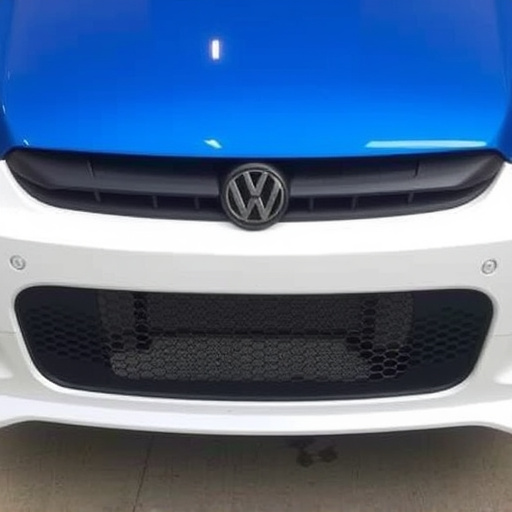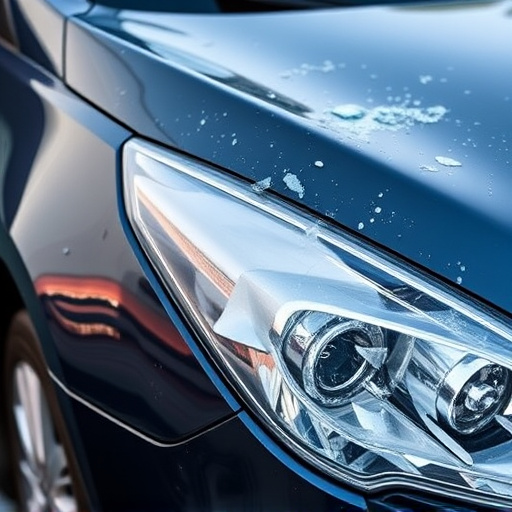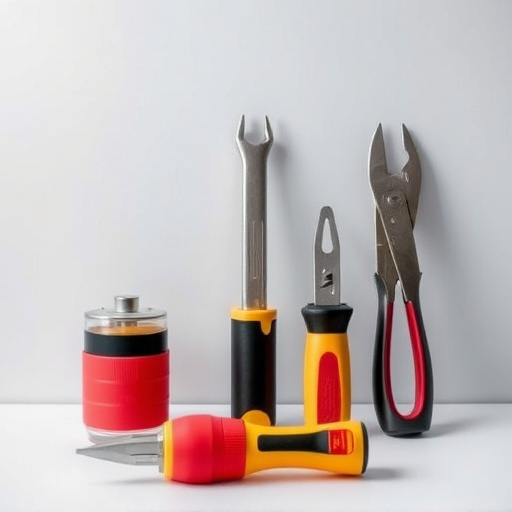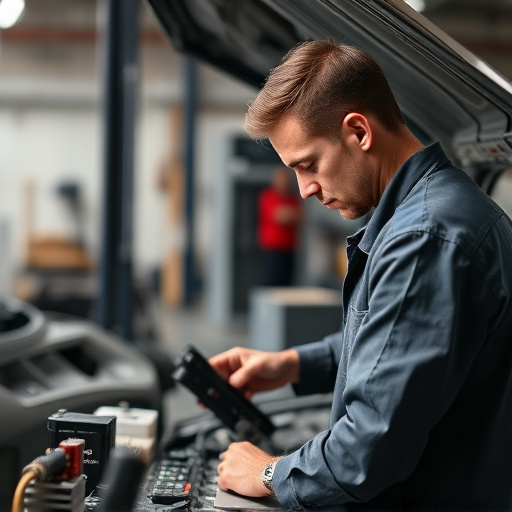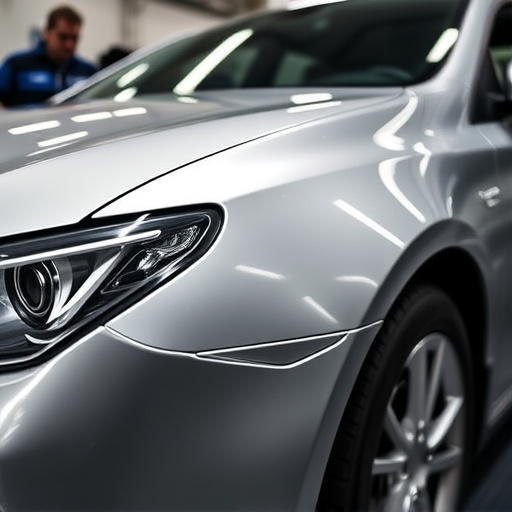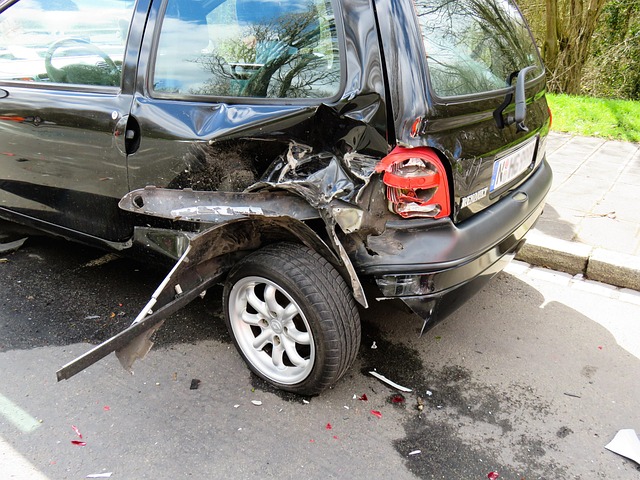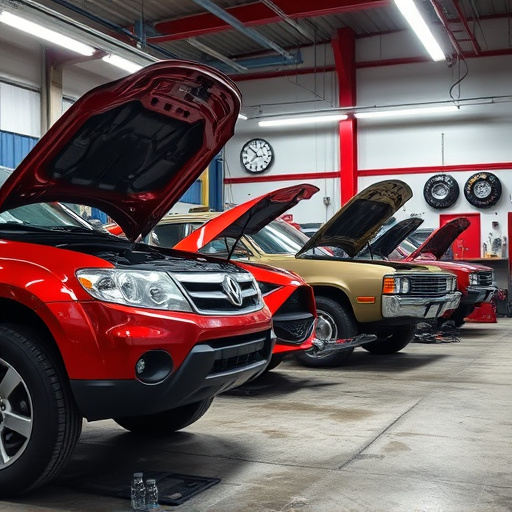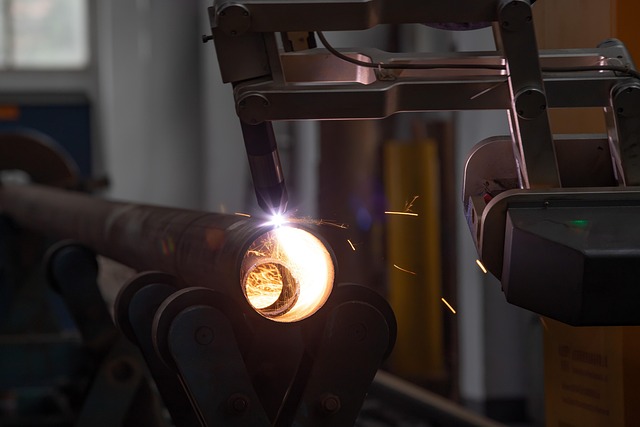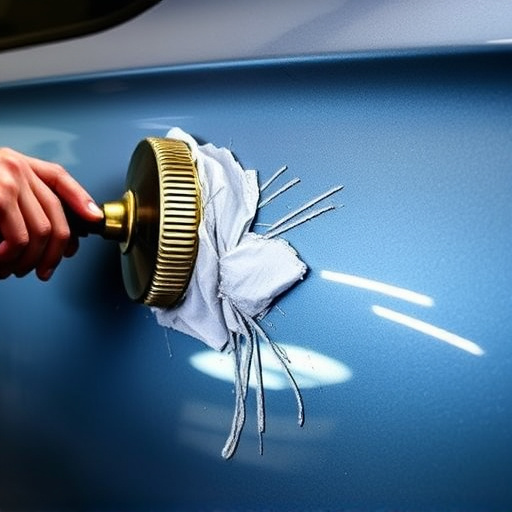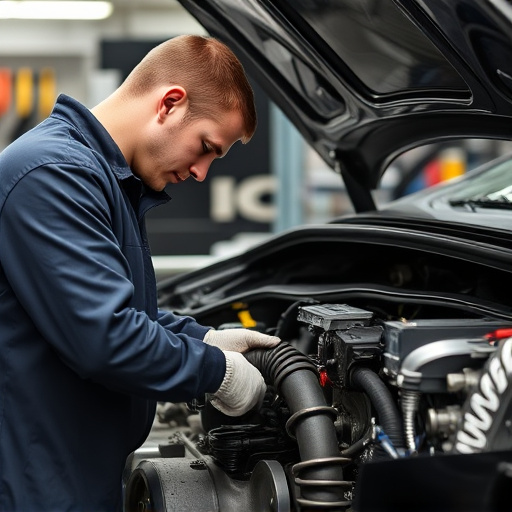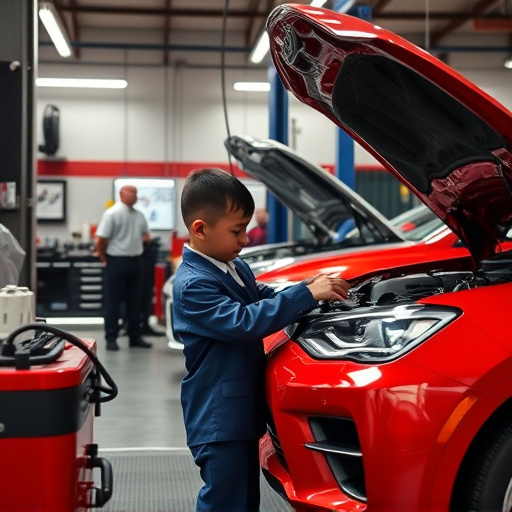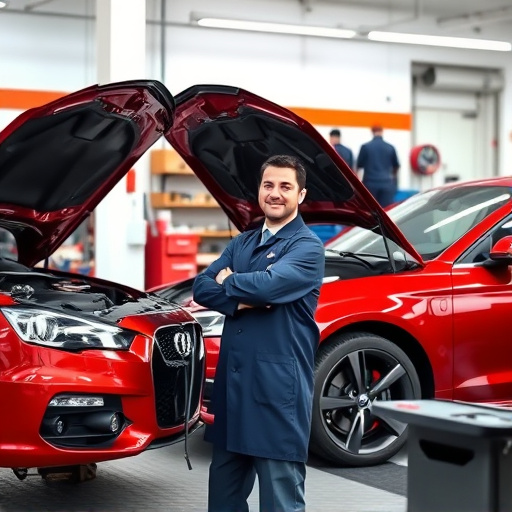Before starting any vehicle body repair, assess damage severity and scope, gather necessary tools and parts, prioritize safety by using PPE and proper training, ensuring a thorough understanding of techniques to minimize risks and achieve top-notch restoration results.
Before tackling any vehicle body repair work, there are crucial questions to ask. This ensures a safe, effective restoration process. First, thoroughly assess the damage and understand the scope of repairs required. Next, gather all necessary tools and genuine parts. Additionally, prioritize safety by confirming you have adequate training and implementing industry best practices throughout. These steps form the foundation for successful vehicle body repair.
- Assess Damage and Scope of Repair
- Gather Necessary Tools and Parts
- Ensure Safety Protocols and Training
Assess Damage and Scope of Repair
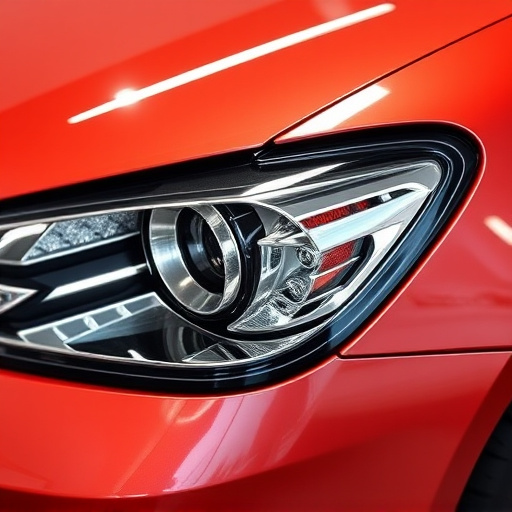
Before diving into any vehicle body repair work, it’s crucial to thoroughly assess the damage and understand the scope of the repair required. This involves closely examining the affected areas for cracks, dents, or scratches, taking note of their severity, location, and extent. Consider whether it’s a simple car dent repair or a more complex auto repair involving panel replacement.
Look out for signs of rust, as this can significantly impact the cost and difficulty of the repair. Also, assess accessibility—is the damage easily reachable? If you’re dealing with a substantial amount of damage, such as extensive car scratch repairs or larger body replacements, consulting with experienced professionals in auto repair shops near your location could be beneficial for accurate estimation and guidance.
Gather Necessary Tools and Parts
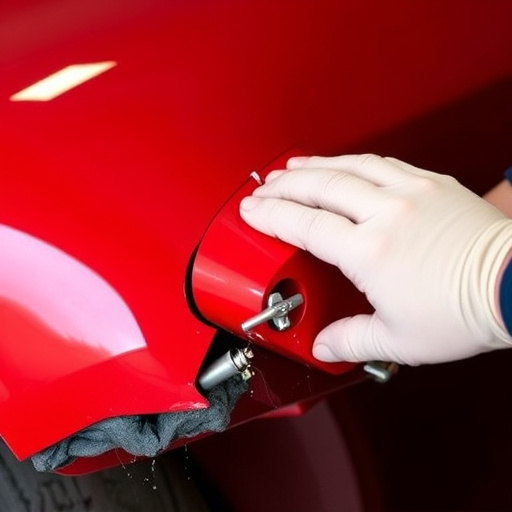
Before tackling any vehicle body repair work, it’s crucial to ensure you have all the necessary tools and parts at hand. This step is often overlooked but can make or break the success of your restoration efforts. Start by assessing the extent of the damage and creating a detailed list of required components, ranging from replacement panels and primers to specialized tools for tasks like paintless dent repair. Remember that even minor repairs may necessitate specific equipment, such as sanders, drills, or heat guns, which are essential for achieving professional results.
Gathering the right supplies not only saves time but also ensures a smoother process. For instance, if you’re contemplating a collision repair or automotive restoration project, having access to high-quality body shop tools and a reliable supply of authentic parts can make all the difference. This preparation stage is where you lay the foundation for successful vehicle body repair, ensuring you’re equipped to handle various challenges that may arise during the restoration process.
Ensure Safety Protocols and Training
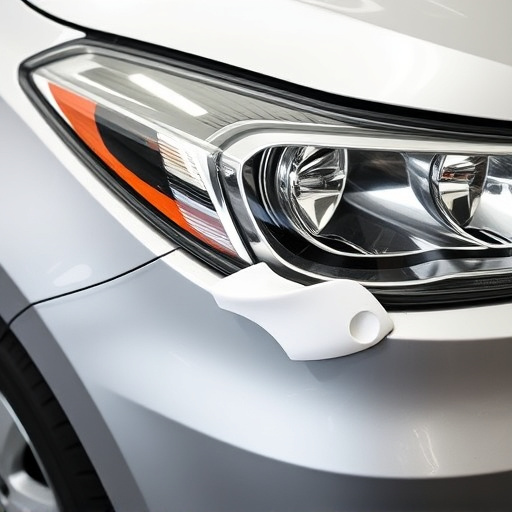
Before tackling any vehicle body repair work, it’s paramount to prioritize safety. Engaging in car bodywork or vehicle collision repair involves intricate processes and potentially hazardous materials. Therefore, ensuring that all safety protocols are strictly adhered to is non-negotiable. This includes wearing appropriate personal protective equipment (PPE), such as gloves, safety goggles, and respirators, to safeguard against exposure to harmful substances.
Training is another critical aspect. Whether you’re a seasoned professional or a novice taking on collision repair shop tasks for the first time, thorough training ensures you understand the intricacies of vehicle body repair techniques. It equips you with the knowledge to handle tools and equipment safely and effectively, minimizing risks associated with mistakes or mishandling. Trained technicians are better equipped to deliver top-notch results while maintaining a secure work environment.
Before tackling any vehicle body repair work, a thorough assessment of the damage is crucial. Once you’ve identified the scope of the repair, gather all the necessary tools and parts. Safety should never be overlooked; ensure you have the proper training and protocols in place to prevent accidents and injuries. With these key steps considered, you’ll be well-prepared to undertake your vehicle body repair project with confidence.
